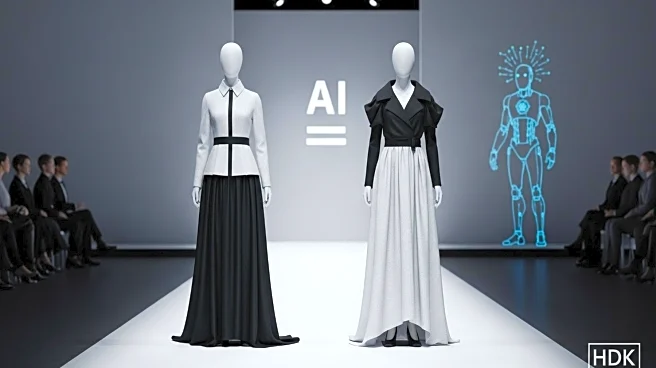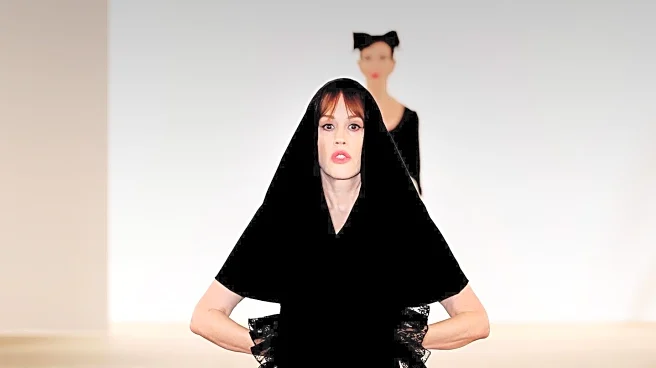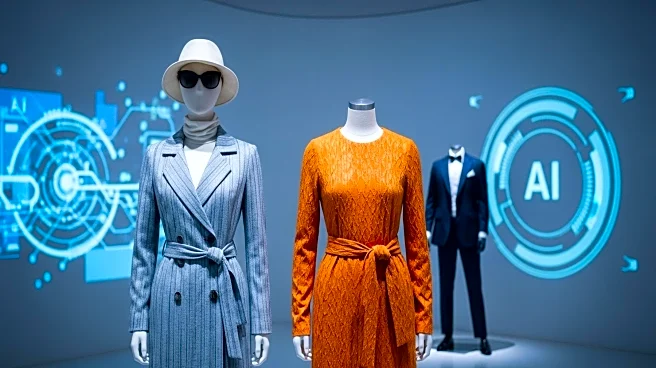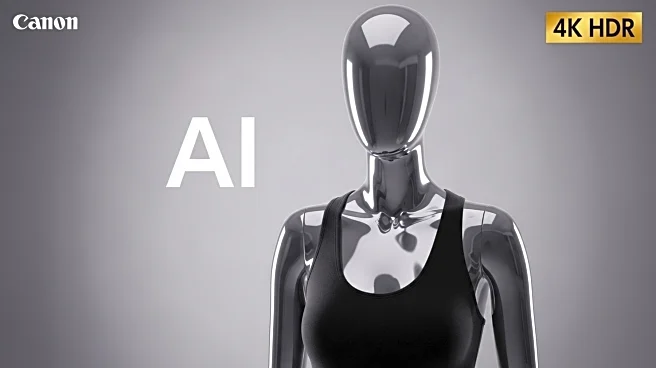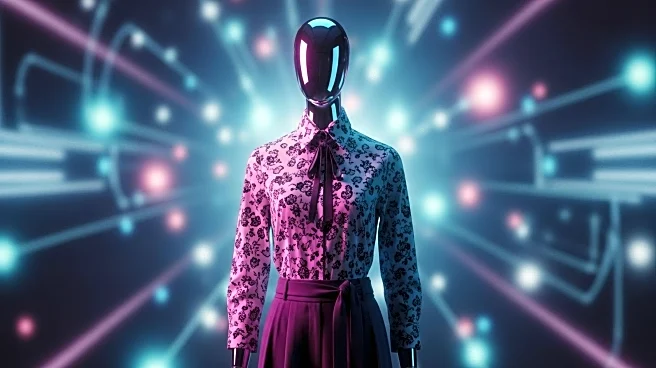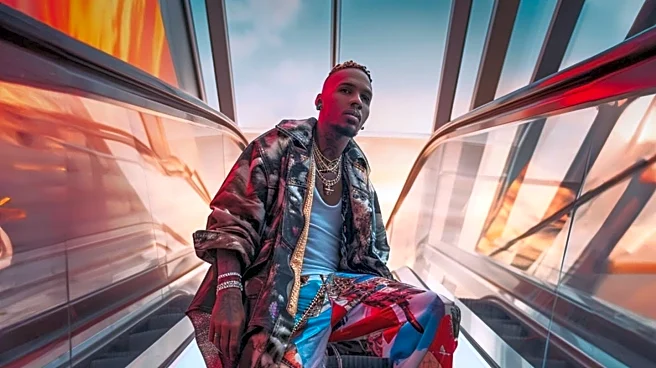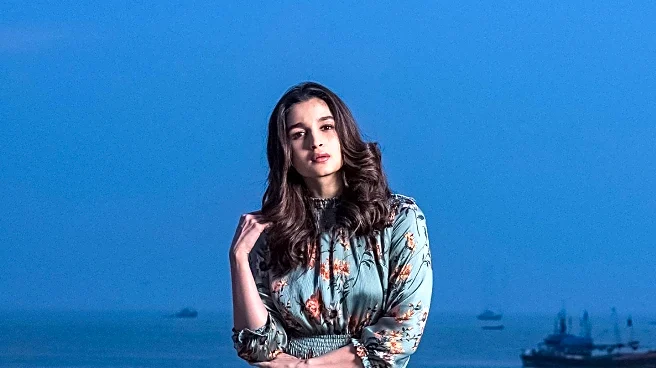What is the story about?
What's Happening?
David Gandy, a prominent male model, has expressed concerns about the impact of artificial intelligence on the fashion industry. He highlights the existential threat posed by AI-generated models, which can create human-like images without the need for real models. Gandy, along with over 2,000 professional models, is calling for government regulation to protect the rights of individuals in the industry. He emphasizes the importance of maintaining the artistry involved in fashion imagery, including the roles of photographers, hairdressers, and makeup artists. Gandy's career was notably boosted by his long-standing contract with Dolce & Gabbana, where he fronted campaigns for their Light Blue fragrance line. He advocates for equal pay between male and female models, acknowledging the historical pay disparity.
Why It's Important?
The rise of AI in fashion poses significant challenges to traditional modeling and related professions. If AI-generated models become prevalent, it could lead to job losses for models and those involved in creating fashion imagery. This shift could undermine the creative processes that have been integral to the industry. Gandy's call for regulation highlights the need to balance technological advancements with the preservation of human artistry and employment. The potential mental health impact of AI-generated imagery, particularly on young people, is another concern, as it may distort perceptions of reality and beauty standards.
What's Next?
The fashion industry may need to adapt to the integration of AI while ensuring ethical practices and fair compensation. Stakeholders, including government bodies, may consider implementing regulations to safeguard the rights of models and creative professionals. The ongoing dialogue about AI's role in fashion could lead to new industry standards and practices that protect human involvement in fashion creation.
Beyond the Headlines
The use of AI in fashion raises ethical questions about authenticity and the value of human creativity. It challenges the industry's reliance on real models and the cultural significance of fashion imagery. Long-term, this could lead to shifts in how fashion is produced and consumed, potentially altering the industry's landscape.
AI Generated Content
Do you find this article useful?
